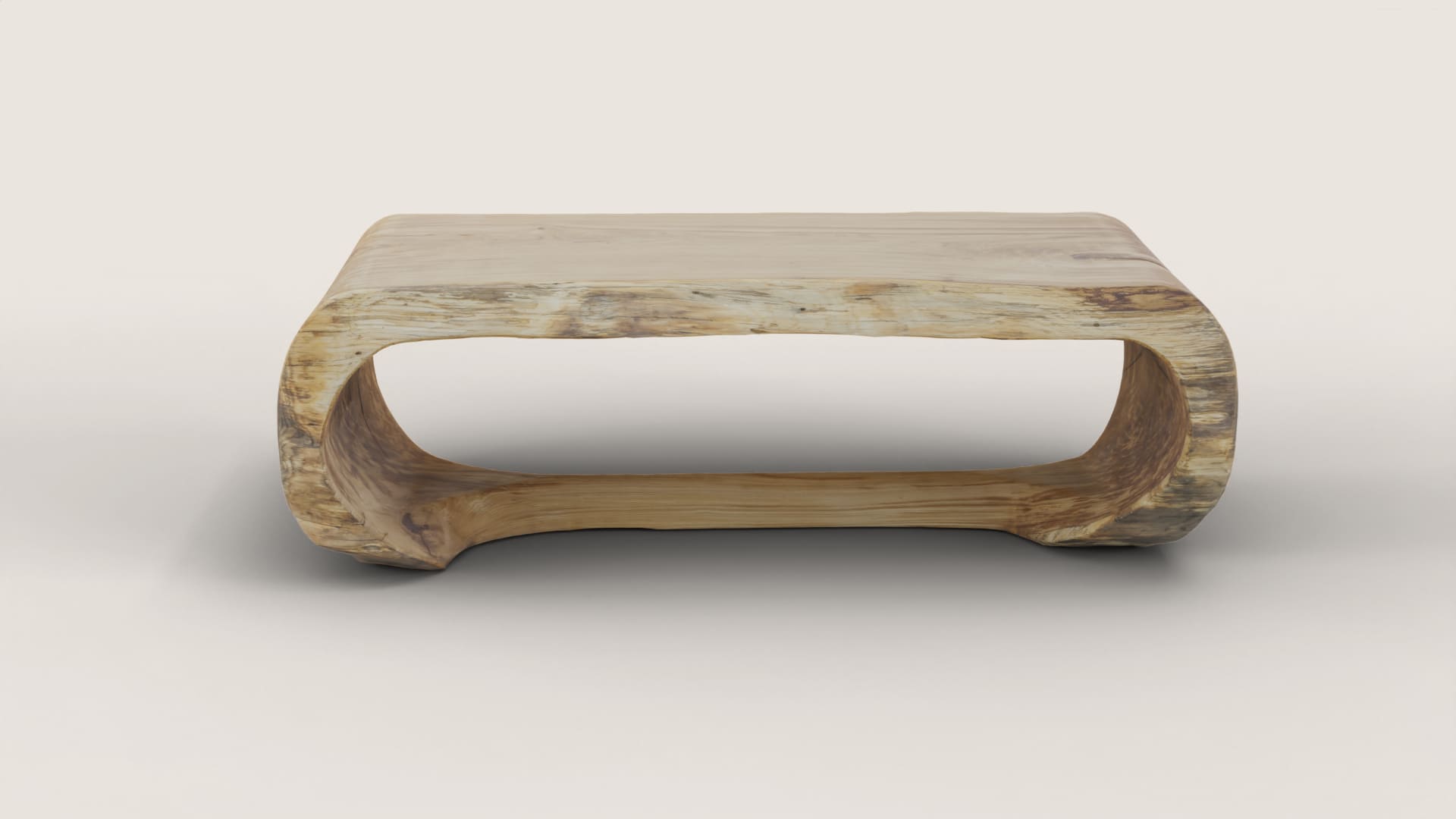The natural harmony found in Japandi style owes a lot to Denmark and Japan’s long-held cultural links. It is a relationship of ascendancy that began over 150 years ago, when Danish architects, artists and designers began travelling to Japan in search of new inspiration.
They were among the first westerners to visit the nation that had only recently lifted its 220-year closed border policy. Many believe traces of that early Japanese influence can be seen in today’s Danish ceramics, furniture, open-plan architecture and minimalism. And the admiration is mutual, with Danish design being sought after throughout Japan for many decades.
Then there is the nations’ shared respect for artisans, craftsmanship and natural materials, primarly wood. While both Japan’s philosophy of ‘wabi sabi’ and Denmark’s ‘hygge’ depend on a deep appreciation for simplicity.
Minimalism is essential to a Japandi styled room.








